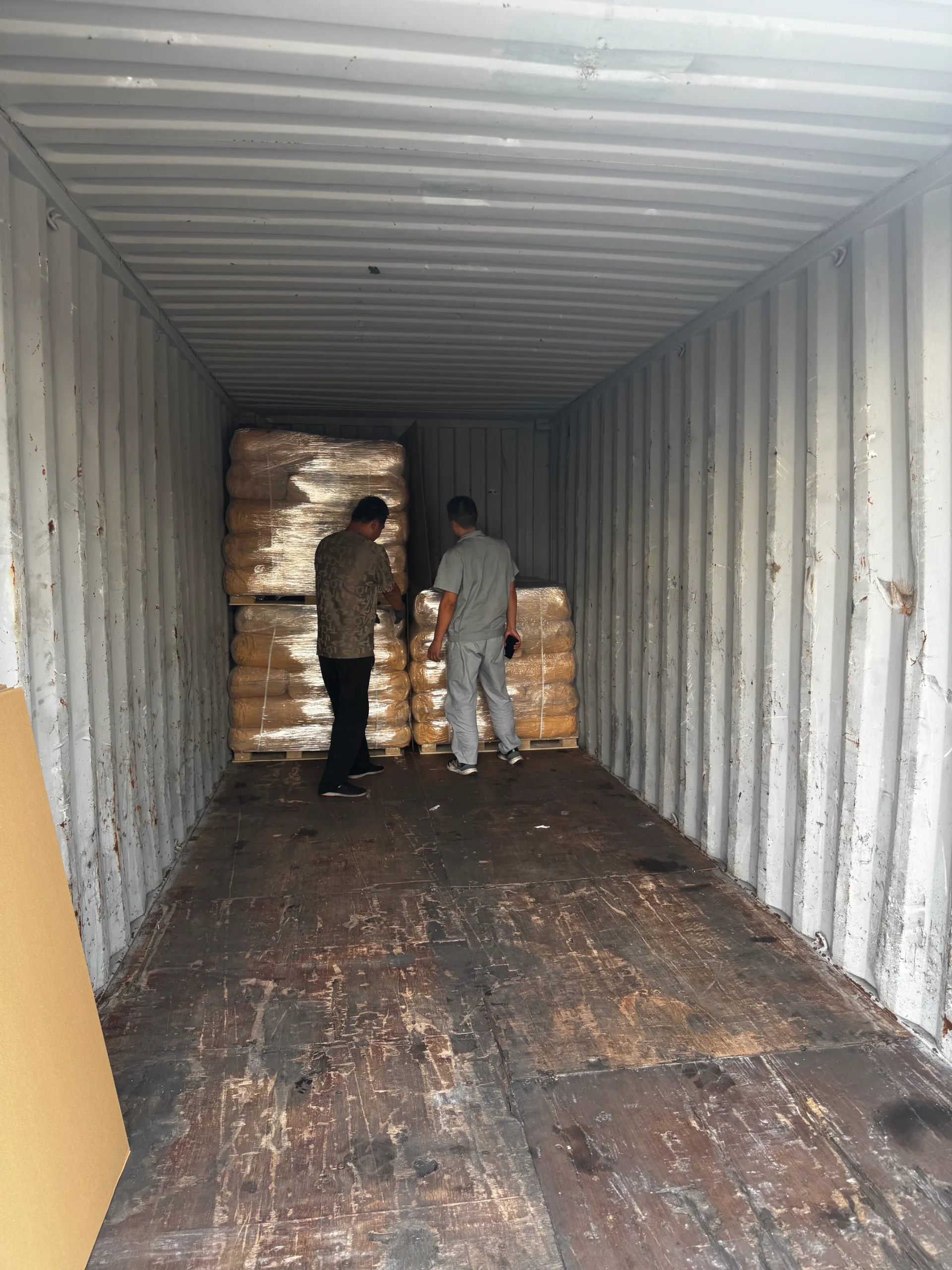The pharmaceutical industry relies heavily on pharmaceutical intermediates—chemical compounds used as building blocks in drug synthesis. However, many of these intermediates, such as 1,3-dimethylurea, have found surprising applications beyond medicine, particularly in industrial coatings. As regulatory pressures increase against formaldehyde-based resins, manufacturers are turning to safer alternatives, and 1,3-dimethylurea has emerged as a key component in formaldehyde-free coating formulations.

Understanding 1,3-Dimethylurea as a Versatile Chemical Intermediate
What are pharmaceutical intermediates? Typically, they are compounds synthesized during drug manufacturing but not necessarily present in the final medication. 1,3-ಡೈಮಿಥೈಲ್ಯೂರಿಯಾ, a derivative of urea, is one such intermediate used in medicinal chemistry. However, its unique reactivity and stability have made it valuable in coatings, particularly where formaldehyde emissions must be minimized.
Structurally, 1,3-dimethylurea consists of a urea backbone with two methyl groups, enhancing its solubility and reactivity compared to unmodified urea. This structure allows it to participate in crosslinking reactions without releasing volatile organic compounds (VOCs), making it ideal for formaldehyde-free coating systems.
The Shift Toward Formaldehyde-Free Coatings and the Role of 1,3-Dimethylurea
Formaldehyde-based resins (e.g., urea-formaldehyde, melamine-formaldehyde) have long dominated industrial coatings due to their durability and cost-effectiveness. However, growing health concerns over formaldehyde emissions—classified as a carcinogen—have driven demand for safer alternatives.
1,3-ಡೈಮಿಥೈಲ್ಯೂರಿಯಾ serves as a key component in next-generation coatings because:
1. Non-Toxic Crosslinking Agent
Unlike formaldehyde resins, 1,3-dimethylurea does not release hazardous fumes during curing. This makes it suitable for indoor applications, such as furniture and food packaging coatings, where VOC emissions are strictly regulated.
2. Enhanced Adhesion and Water Resistance
When incorporated into polymer matrices, 1,3-dimethylurea forms stable bonds that improve coating adhesion to substrates like wood, metals, and plastics. Its hydrophobic nature also enhances moisture resistance, preventing blistering and delamination.
3. Compatibility with Sustainable Formulations
As industries move toward bio-based and eco-friendly coatings, 1,3-dimethylurea pairs well with renewable polymers such as polyurethanes and acrylics, further reducing environmental impact.
Industrial Applications of 1,3-Dimethylurea in Coatings
The versatility of 1,3-dimethylurea allows its use across multiple coating segments:
1. Wood Finishes for Furniture and Flooring
Traditional wood coatings often rely on formaldehyde-based resins for hardness and durability. 1,3-ಡೈಮಿಥೈಲ್ಯೂರಿಯಾ provides similar performance without health risks, making it ideal for residential and commercial wood products.
2. Metal Coatings for Corrosion Protection
In automotive and aerospace industries, 1,3-dimethylurea enhances anti-corrosive primers by forming a stable, non-reactive barrier against oxidation.
3. Packaging Coatings for Food Safety
Since food-contact materials must be free of formaldehyde, 1,3-dimethylurea is increasingly used in can linings and paperboard coatings to meet FDA and EU safety standards.
Market Availability and Sourcing Pharmaceutical Intermediates for Coating Use
With rising demand for formaldehyde-free coating solutions, suppliers are increasingly offering pharmaceutical intermediates for sale to industrial manufacturers. Companies specializing in fine chemicals now supply 1,3-dimethylurea in bulk quantities, ensuring consistent quality for large-scale coating production.
When sourcing 1,3-dimethylurea, manufacturers should consider:
Purity levels (industrial-grade vs. pharmaceutical-grade)
Regulatory compliance (REACH, FDA, EPA approvals)
Supply chain reliability for continuous production
Sustainable Coatings and Pharmaceutical Intermediates
The convergence of pharmaceutical chemistry and industrial materials science is opening new possibilities for intermediate products in the pharmaceutical industry. As sustainability becomes a priority, 1,3-dimethylurea and similar compounds will play a growing role in:
Bio-based coating formulations
Low-VOC architectural paints
High-performance industrial finishes
1,3-Dimethylurea as a Game-Changer in Safe Coatings
Originally developed as a pharmaceutical intermediate, 1,3-dimethylurea has proven invaluable in formaldehyde-free coating technologies. Its non-toxic nature, strong adhesion properties, and regulatory compliance make it a superior alternative to traditional resins.
As industries continue to phase out formaldehyde, the demand for pharmaceutical intermediates for sale like 1,3-dimethylurea will only grow. By leveraging these advanced materials, manufacturers can achieve high-performance coatings without compromising safety or sustainability.
The future of industrial finishes lies in innovative chemistry—and 1,3-dimethylurea is leading the way.

